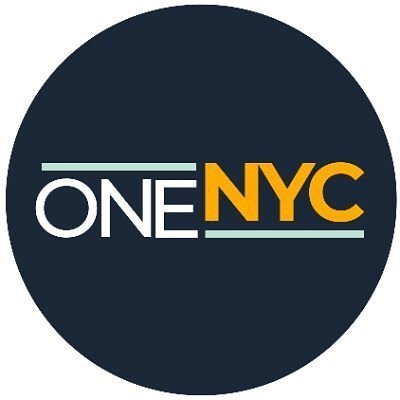
NYC Faces Food Affordability Crisis: Can Public Grocery Stores Offer a Solution?
As grocery costs soar and food insecurity grips a million New Yorkers, a proposal for city-owned, non-profit grocery stores gains traction. Could this unconventional approach offer a lifeline to struggling families?
NYC Faces Food Affordability Crisis: Can Public Grocery Stores Offer a Solution?
NEW YORK, NY – October 29, 2025
The Growing Hunger Crisis in the City
New York City is facing a deepening food affordability crisis. While the city has always been expensive, the cost of groceries has skyrocketed in recent years, pushing more and more families toward food insecurity. According to recent data, over 1.2 million New Yorkers – nearly 15% of the population – are struggling to put food on the table. This translates to roughly one in four children facing hunger. The situation has been exacerbated by persistent inflation and the potential for cuts to federal assistance programs like SNAP.
“The need is just immense,” said a representative from a local food pantry in the Bronx. “We're seeing families who never thought they’d need help, now relying on us just to get by. The rising cost of everything, not just food, is really squeezing people.”
Food pantry usage has surged. Visits are up 85% since 2019, with many pantries struggling to keep up with demand. The potential cuts to SNAP benefits, driven by ongoing debates in Washington D.C., could further worsen the situation, potentially impacting nearly 100,000 residents. “If those benefits are cut, it’s going to be catastrophic for so many families,” warned a policy analyst at a local advocacy group.
A Bold Proposal: Publicly Owned Grocery Stores
In response to this growing crisis, OneNYC Action Inc., a non-profit advocacy group, has proposed a radical solution: a network of municipally-owned, non-profit grocery stores. The proposal, outlined in their report Feeding the Future: Affordable Food Access in NYC Through Innovation and Partnership, aims to offer groceries at 30-40% below market price.
The idea is to bypass traditional profit motives and operate stores focused solely on providing affordable food to residents. The report suggests these stores could be strategically located in food deserts and underserved communities, addressing both affordability and access issues.
“This isn't just about lowering prices,” explained a spokesperson for OneNYC Action Inc. “It’s about creating a more equitable food system and ensuring that everyone has access to nutritious food, regardless of their income.”
Precedents and Potential Models
While the concept of publicly owned grocery stores may seem unconventional, it’s not entirely without precedent. The U.S. military operates a network of commissaries that provide discounted groceries to service members and their families. These stores, while serving a specific population, demonstrate the feasibility of offering groceries at significantly lower prices.
Several cities, like St. Paul, Kansas, and Erie, Kansas, have experimented with city-owned grocery stores, though with varying degrees of success. These examples offer valuable lessons about the challenges and opportunities of operating a municipal grocery store.
“The key is to find a sustainable model,” said a city planner familiar with the Kansas examples. “You need to consider factors like location, operating costs, and community support. It’s not just about opening a store; it’s about creating a viable business that can serve the community for years to come.”
OneNYC's proposal also draws inspiration from food co-ops and the non-profit grocery sector. These models emphasize community ownership, local sourcing, and a commitment to social responsibility. The report suggests that a combination of these approaches could create a uniquely effective solution for New York City.
Financial Hurdles and Challenges
Implementing this ambitious proposal won’t be easy. The financial hurdles are significant. Acquiring or leasing retail space in New York City is notoriously expensive. Operating costs, including labor, utilities, and inventory, are also high.
“You need to find a way to keep costs down without sacrificing quality,” said a retail analyst. “That means streamlining operations, negotiating favorable leases, and leveraging economies of scale. It’s a tough challenge, but it’s not impossible.”
OneNYC’s report suggests a combination of funding sources, including government subsidies, philanthropic donations, and revenue from the stores themselves. The report also proposes exploring partnerships with local food banks and community organizations to reduce costs and expand reach. However, securing sufficient funding and navigating the complex regulatory landscape will be crucial to the success of the project.
Furthermore, the proposal will likely face opposition from existing grocery retailers, who may view the publicly owned stores as unfair competition. Addressing these concerns and building broad-based support will be essential to overcome potential roadblocks.
